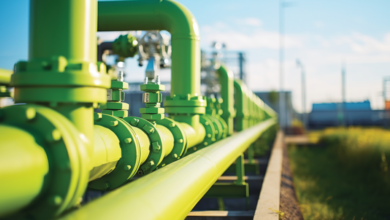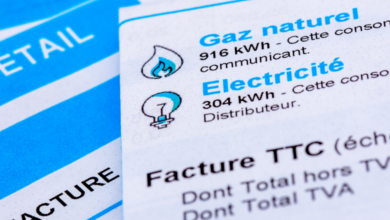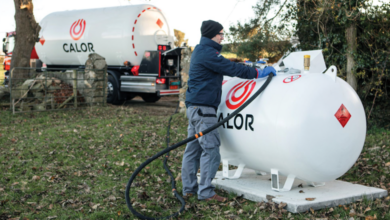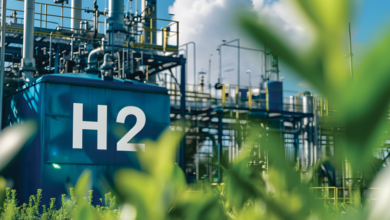The future of gas in Ireland
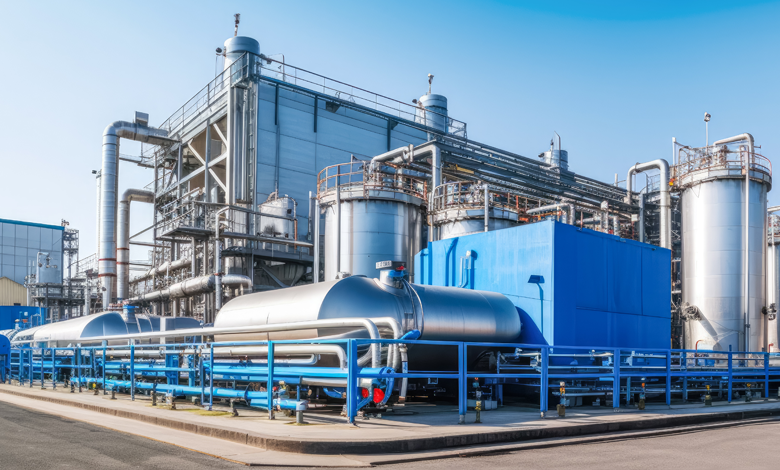
A new research report published by the National Economic and Social Council (NESC) examines four key aspects of Ireland’s energy transition which are important for national economic resilience: enterprise opportunities, the reliability of power supply, energy costs, and energy exports.
Published in April 2025, the Future of the Gas Sector in Ireland report asserts that Ireland’s energy future hinges on a profound transformation of its gas sector. The report states: “Natural gas is one of Ireland’s primary fuels for energy generation,” with over 60 TWh delivered to more than 720,000 users in 2023. However, this dependency presents vulnerabilities: “80 per cent of the natural gas used in Ireland is imported directly from the United Kingdom,” a fact that raises “energy security risks due to limited source diversity”.
Despite its significance, the gas sector must undergo a radical overhaul. Natural gas combustion accounted for roughly 20 per cent of Ireland’s annual greenhouse gas (GHG) emissions in 2023. The Climate Action Plan (CAP) sets out decarbonisation targets of a 51 per cent reduction in GHG emissions by 2030 and full net zero emissions (NZE) by 2050. Achieving this in the gas sector, NESC notes, requires “a shift to NZE while at the same time maintaining affordable energy for consumers”.
1. Renewable gas
The report states that Ireland’s biomethane production target of 5.7 TWh by 2030 will necessitate “the delivery of an average of between 20 and 30 mid-sized plants each year by 2030”. This is a substantial undertaking given that, currently, Ireland has only two operational biomethane facilities with a combined capacity of 75 GWh.
Gas Networks Ireland (GNI) estimates a national biomethane production potential of 14.8 TWh, based on responses from 176 potential producers. Feedstock is anticipated to come predominantly from “animal slurries (38 per cent), forage (28 per cent), and other crop residues (14 per cent)”. However, the report highlights critical infrastructure needs, including reverse compression facilities and cluster-based connections to enable cost-effective grid injection.
Hydrogen, meanwhile, is cast as a longer-term solution. The National Hydrogen Strategy foresees domestic hydrogen demand ranging from 4.6 TWh to 39 TWh by 2050, potentially rising to 74.6 TWh when including aviation and shipping. The report warns, however, that these timelines “could be delayed without regulatory frameworks, research and early-stage projects to enable hydrogen technology deployment”.
Despite the challenges, hydrogen’s role is vital in sectors difficult to electrify – industrial heat, heavy-duty transport, and dispatchable electricity generation. Its deployment hinges on the successful delivery of dedicated offshore wind capacity, with 2GW already earmarked for hydrogen production between 2031 and 2035.
2. Infrastructure pressures and market uncertainty
Transitioning the gas grid is as much a logistical challenge as a policy one. Ireland’s gas infrastructure, comprising “2,476km of transmission pipelines, 12,188km of distribution pipelines and two sub-sea interconnectors”, currently lacks the adaptability for hydrogen integration or large-scale biomethane injection.
Furthermore, the report identifies a looming cost conundrum: “A challenge arising from the potential disconnections from the gas network might be the reflection of the gas network charges onto the smaller number of customers.” Without new regulatory mechanisms, decarbonisation could disproportionately burden remaining users, particularly in rural or economically disadvantaged areas.
The financial landscape for renewable gases also remains uncertain. According to the report, “the levelised costs of biomethane and hydrogen require financial incentives and regulatory frameworks to provide clear guidance on project development procedures and timelines, reduce the risk for investors, and create demand”.
3. Delays and risks
NESC’s report cautions that Ireland is already falling behind. While the CAP outlines a 15–20 per cent reduction in gas use by 2030, actual progress is stalling. “The recent number of annual energy retrofits was considerably lower than the required levels for the climate action plan targets,” the report finds. Moreover, the 2.7 TWh district heating target by 2030 faces “significant uncertainties in support mechanisms”.
This sluggish progress raises the spectre of “natural gas lock-in”, particularly if infrastructure for hydrogen and biomethane is delayed. As the report warns: “Delaying the delivery of biomethane and hydrogen infrastructure… increases the risk of Ireland’s continued reliance on natural gas imports.”
4. Opportunities
Despite the technical challenges, the report also underscores opportunities particularly for rural and farming communities. The biomethane rollout envisions a decentralised production model “on agricultural-based feedstock and involving local farmers’ communities”. With the right supports, this could foster local economic development, job creation, and energy self-sufficiency.
However, NESC stresses that the green gas transition lacks coherence: “The current planned actions and guidance documents do not provide a clear pathway for the development of the green gas sector in Ireland.” Without integrated planning, Ireland may need to import renewable gases just to meet its climate obligations.
On the publication of the report, Larry O’Connell, Director of NESC, said: “The Council believes there is an urgent need to address the strategic gaps identified in this report in a way that reinforces both the energy transition and economic resilience, while moving Ireland forward.
“NESC’s recommended actions represent an agenda for the policy system to work through immediately to make transition in Ireland’s power sector more likely, and more likely to be successful.”


